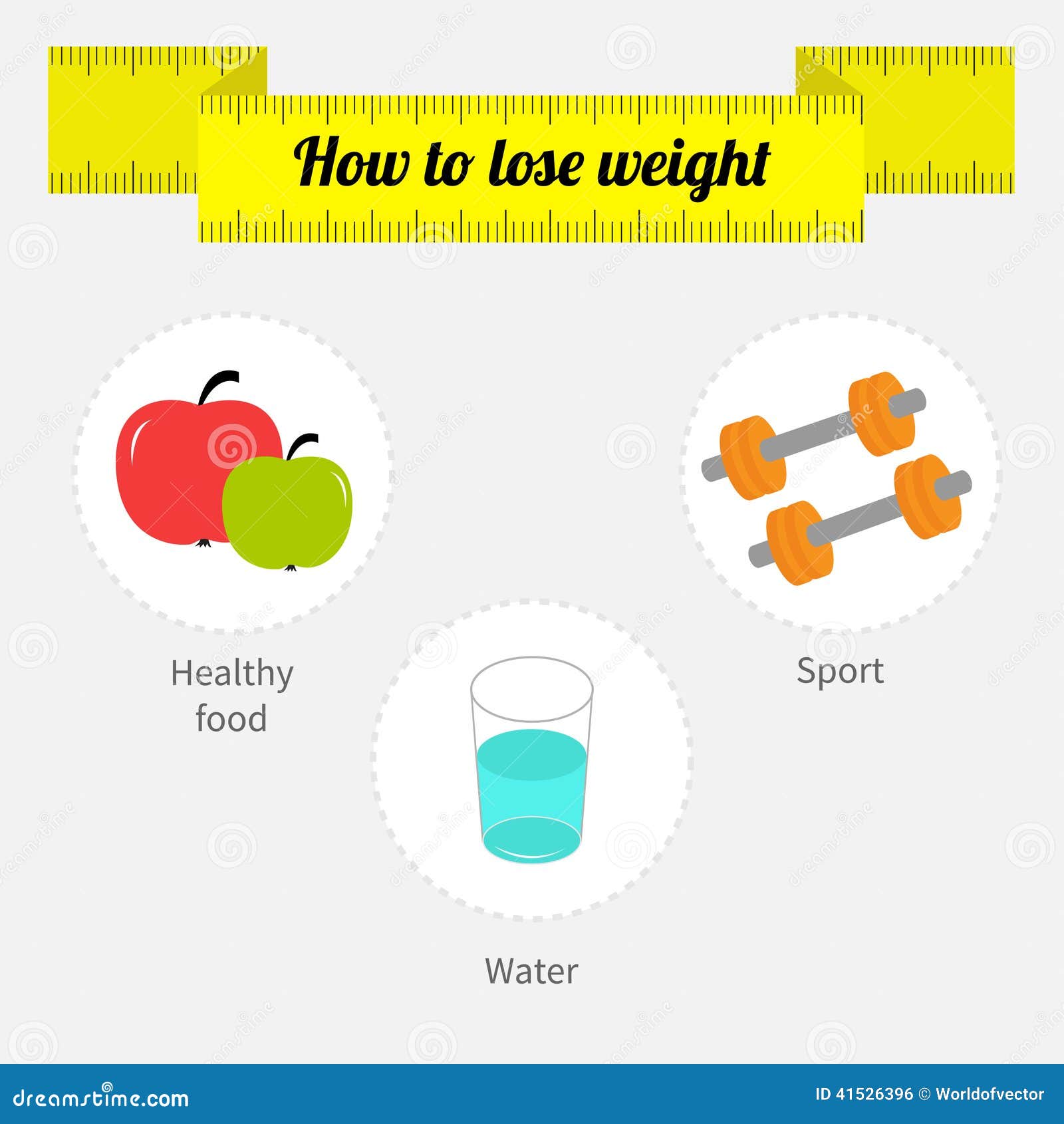The Process Of Cold Laser Therapy For Stopping Smoking
The Process Of Cold Laser Therapy For Stopping Smoking
Blog Article
Scientific Research Study on the Efficacy of Cold Laser Technique
Cold laser treatment is a useful device to assist hurting management and the recovery process. It is commonly used in sporting activities medicine, dermatology and acupuncture.
Cold lasers penetrate deep into tissues and promote chemical modifications without heating them. They minimize swelling and swelling, speed up cellular activity and speed up recovery.
Theoretical History
Unlike the high-intensity lasers that surgeons usage to cut through tissue, cold laser therapy makes use of light-emitting diodes to penetrate right into your skin and advertise healing. As these photons get to broken cells, they initiate a domino effect that enhances your cells' manufacturing of enzymes and accelerates your body's natural recovery processes.
The photons likewise minimize pain with the manufacturing of endorphins and raise your body's capacity to drain pipes puffy locations by inducing vasodilation (the growth of blood vessels). As a result, it aids you recoup from musculoskeletal injuries and pain quicker.
Lots of people have become aware of chilly laser treatment from their physiotherapist, chiropractic specialist or physician and might be asking yourself just how it functions. Unlike the majority of laser gadgets used in the medical area, which really warm up cells, our cutting edge tools emits cool laser beam that don't trigger any kind of heating of your tissues. This enables your body to get the therapeutic advantages without causing any negative effects.
Scientific Trials
Cold laser therapy is usually advised as a treatment option for people who have musculoskeletal discomfort and injuries. It can be used to reduce swelling, strengthen tissues and accelerate the body's all-natural recovery procedures.
Non-thermal photons of red and infrared laser radiation are taken in by the light delicate aspects in cells and launch a boost in intracellular metabolic process that boosts cell reproduction, reduces swelling, removes edema and shortens recovery time.
Unlike the light that is generated by sunlight or standard lights, laser light is identical (all wavelengths travel parallel), coherent and single. These residential properties allow laser power to pass through much deeper right into the tissues.
Numerous medical tests have revealed that LLLT can be reliable in reducing discomfort in the bone and joint system. Nevertheless, even more well-designed researches are needed to assess the optimum settings for laser irradiation and to identify its performance in certain problems, such as dental mucositis in cancer patients getting radiation treatment or radiotherapy, and wound healing (including diabetic person abscess following hammertoe surgical treatment). This Aetna plan bulletin does not attend to various other uses LLLT, including the therapy of numerous skin diseases.
Conclusions
Unlike medical lasers that can damage tumors or coagulate tissue, cold laser therapy does not heat up the body's cells. Rather, the light boosts your cells to produce adenosine triphosphate, which accelerates the repair work process of hurt cells.
Aetna takes into consideration low-level laser (LLL) treatment medically necessary for the prevention of dental mucositis related to cancer cells therapy (chemotherapy, radiation therapy, hematopoietic stem cell hair transplant) and non-cancer therapies (such as radiodermal injury, fibromyalgia). Numerous studies showed acne treatment that LLT can be effective in decreasing PU signs without unfavorable impacts. Nevertheless, distinctions in research study styles and laser dosimetry made contrast of the outcomes tough; RCTs with reduced danger of predisposition are required. Using a 660 nm wavelength and greater energy density appears to be much more effective than the other studied laser wavelengths. This could be because the other wavelengths may stimulate inflammatory procedures and trigger more adverse effects. The impact of the type of laser made use of is likewise essential; the authors recommend that future research focus on assessing different types of lasers and their doses to determine the optimal combination of laser parameters for PU avoidance.
Referrals
Cold laser treatment is utilized by dental experts to treat inflamed periodontal cells, physicians to relieve pain brought on by rheumatoid joint inflammation, and physiotherapists to speed the healing of muscular tissue, ligament, and ligament injuries. Many clinical insurance policy plans cover this treatment.
Unlike hot lasers, which have a thermal result on cells, cold lasers (additionally called low-level lasers) boost the cellular energy of the skin. Photons from the laser light penetrate into the cell, causing a collection of chemical changes that advertises regrowth and decreases swelling.
In order to work, lasers should be properly arrangement and utilized. This is why it is not advisable to acquire an economical over the counter laser device and attempt to treat yourself in the house. A skilled specialist is called for to make sure that the device is made use of correctly to decrease the danger of eye injury and optimize its efficiency. The laser device need to be adjusted to the proper setup, strength, regularity, and position of the laser on the treatment location.